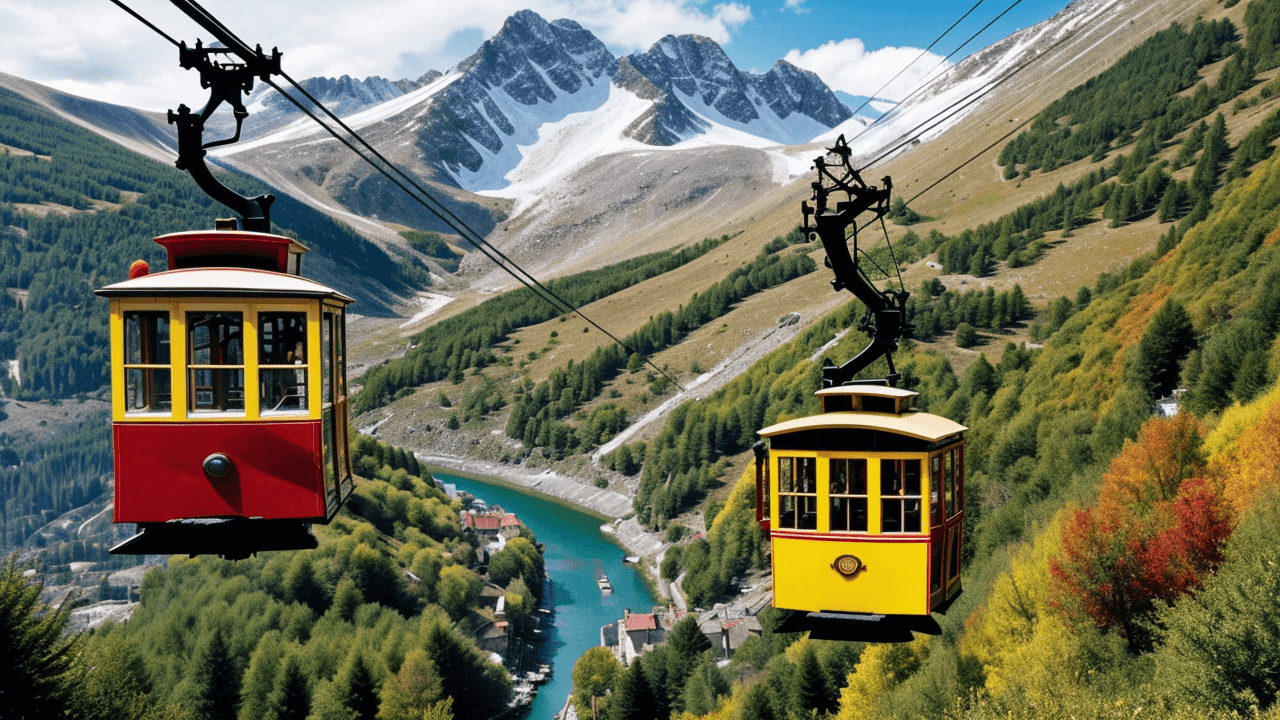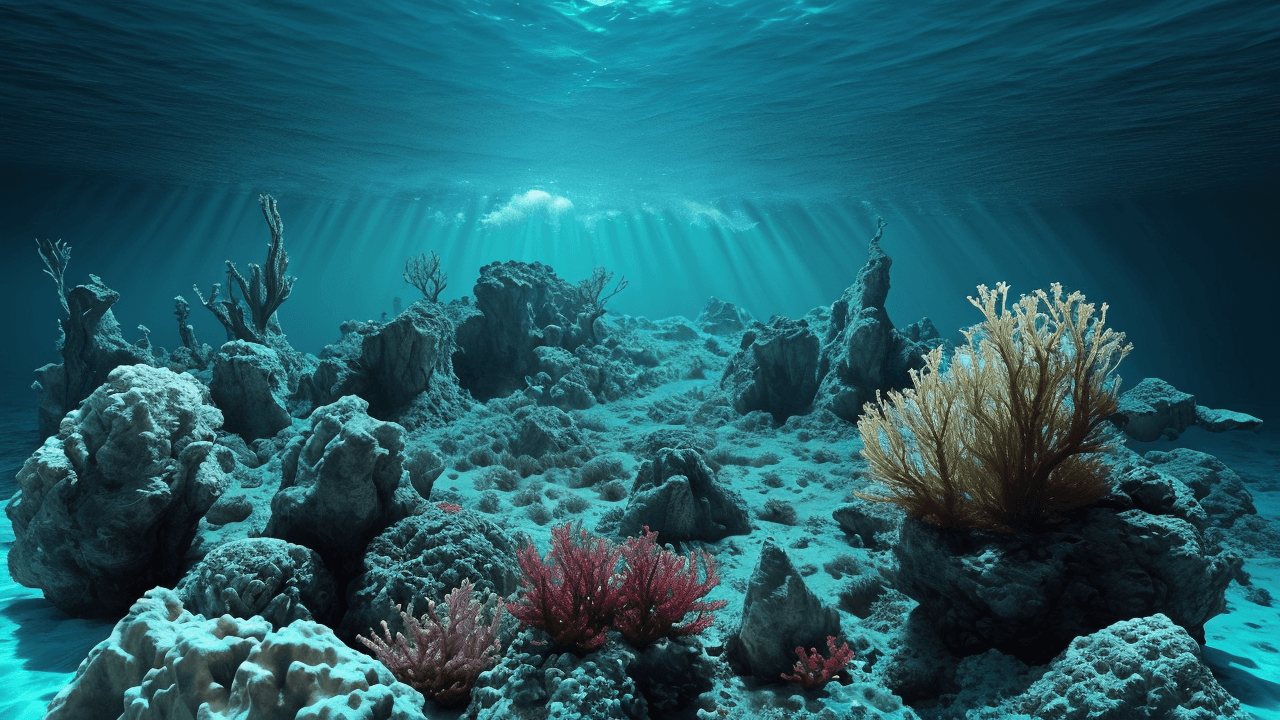Ile-Alatau – a majestic mountain located in the Ili-Turgay range on the northwest slope of the Tian Shan mountains. This natural wonder is situated on the border between Kazakhstan and Kyrgyzstan, making it a unique destination for tourism and nature lovers.
Geography of Ile-Alatau
Ile-Alatau is the highest peak in the Ili-Turgay range and one of the highest peaks in the Tian Shan mountains. The mountain has a height of 4,973 meters above sea level, making it the sixth-highest peak in Kazakhstan after Peak Communism (7,495 m), Peak Korzhenevskaya (7,105 m), Peak Beyshanok (6,973 m), Peak Tulkuchar (6,995 m) and Peak Ilyas-Kum (4,776 m). The mountain has a cupola-like shape with four peaks.
Ile-Alatau is located 400 km east of the capital city of Kazakhstan, Astana, and 200 km northwest of the city of Talgar. This mountain range forms the border between Kazakhstan and Kyrgyzstan.
Geology of Ile-Alatau
Ile-Alatau is part of the Eastern Tian Shan mountain system, which began to form as a result of tectonic processes over the past 250 million years. Geological research shows that the main structure of Ile-Alatau consists of gneisses and metamorphosed sandstones.
structure of Ile-Alatau consists of gneisses and metamorphosed sandstones.
During the Paleozoic era (around 450-300 million years ago), the region underwent intense tectonic formation of the mountain range. Then, during the Mesozoic era (around 250-65 million years ago), Ile-Alatau underwent significant transformation and destruction due to metamorphic processes.
Ecology and Tourism
Ile-Alatau is part of the Talgar National Park, which was established in 1997. This nature reserve has the status of a “state natural sanctuary” and is under state protection.
In Ile-Alatau, there are over 80 species of plants, 10 species of animals, and several species of birds. There are also glaciers and alpine lakes on the mountain.
This mountain attracts tourists from all over the world with its unique natural beauty: high cliffs, waterfalls, lakes, snowfields, and ski trails.
There are several routes to climb Ile-Alatau available for tourists. For experienced climbers, there is an opportunity to ascend to a height of 4,500 meters above sea level and reach the peak, while for less experienced athletes, a more accessible route up to a height of 3,500 meters is offered.
History of Expeditions
The first attempts to climb Ile-Alatau date back to the late 19th century. However, due to the complexity and risks associated with mountain climbing, the first successful ascent was not achieved until 1933.
In the 20th century, Ile-Alatau became a popular destination for sportsmen-climbers. In the 1950s, competitions in rock climbing and alpine climbing were held here at the all-union and international levels.
Current State
Currently, Ile-Alatau is a popular destination for tourists and nature lovers. However, due to the complex geological structure of the mountain, local residents and government officials are paying great attention to protecting the environment and preserving the ecosystem.
To prevent damage to the ecology of Ile-Alatau and surrounding areas, local authorities have decided to establish the Talgar National Park, which includes Ile-Alatau and other natural attractions.
Ile-Alatau remains a symbol of the grandeur and beauty of mountain nature in the Tian Shan. This mountain attracts tourists from around the world with its unique natural beauty, history, and geological features.










